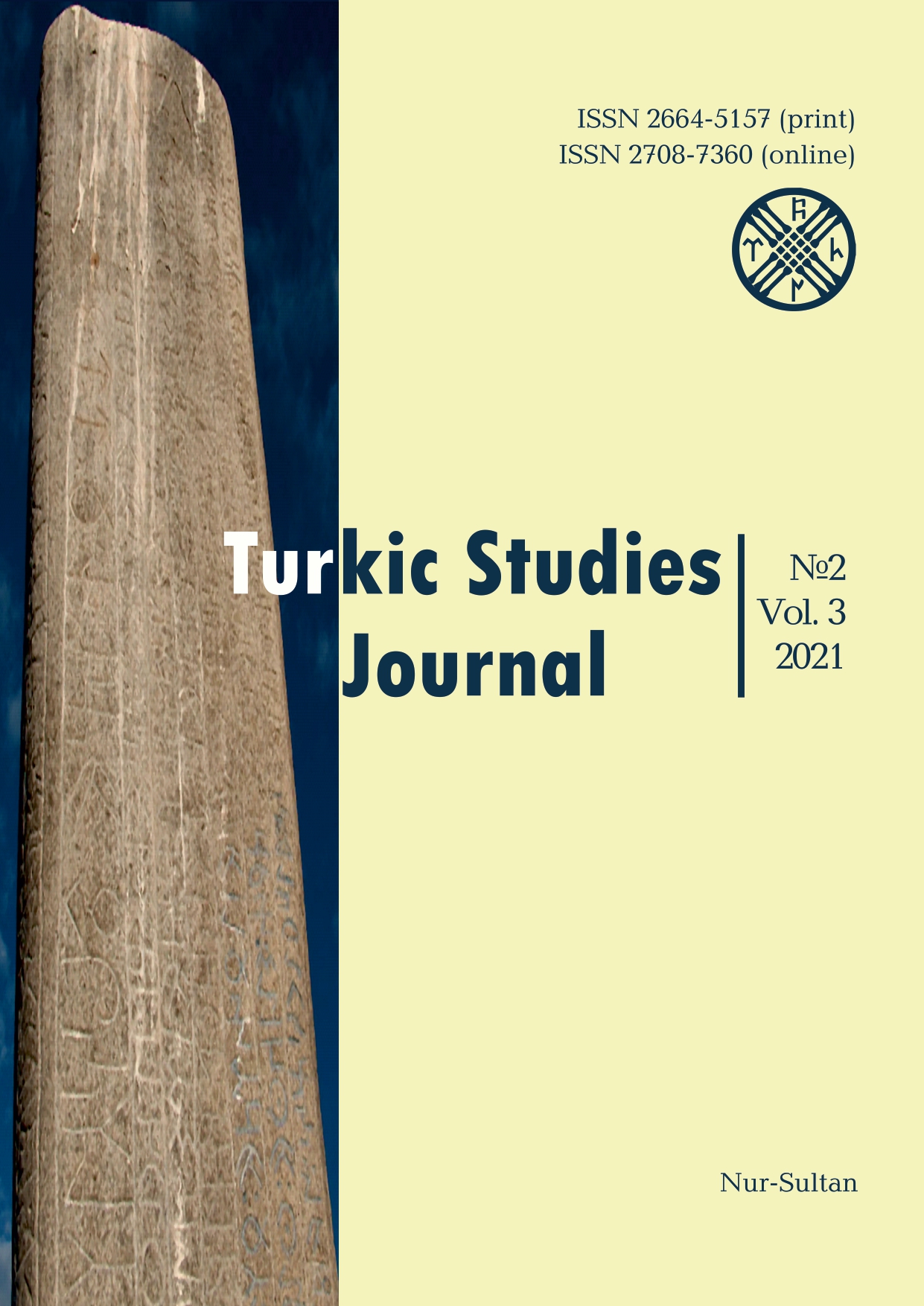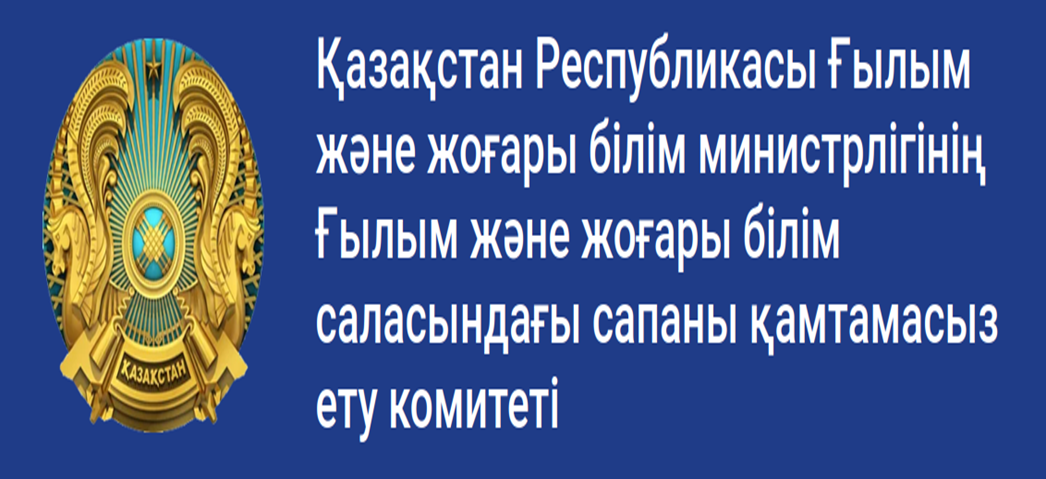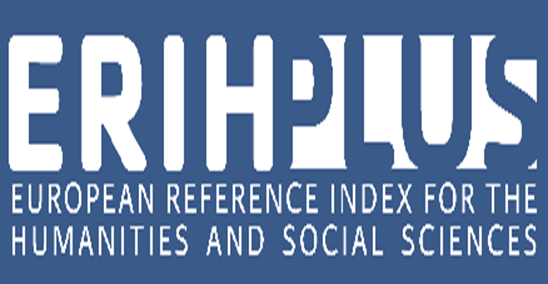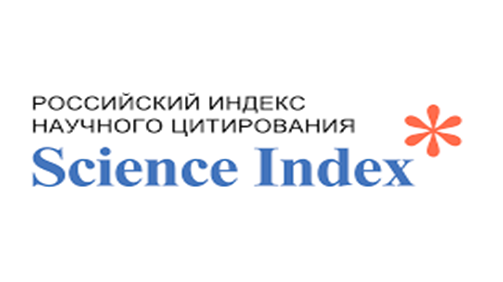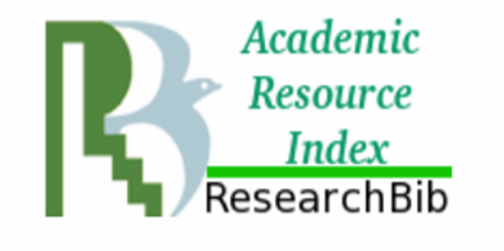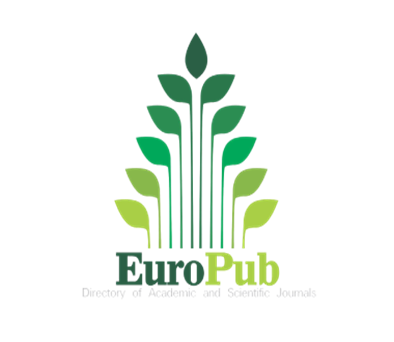Abay’s poetology: functions of literary detail in the paradigm of image
Views: 186 / PDF downloads: 176
DOI:
https://doi.org/10.32523/2664-5157-2021-2-7-18Keywords:
poetology, literary consciousness, literary creativity, literary detail, subconsciousness, intention, receptionAbstract
The article analyzes theoretical definitions of the concept “poetology” and examines
problems covering this issue. Based on the opinions of literary scholars, the relation of the term
“poetology” to the entire literary-figurative system in the structure of the work is revealed in the paper. The analysis of various concepts allowed concluding that poetology is a teaching based on
knowledge of the nature of literary consciousness and literary creativity. Based on this opinion,
studies the poetical space of Abai’s works from the point of view of the figurative functions of his
literary details. While analyzing the text of his poems, the role of the man of letter’s consciousness as
a source of creativity, the functions of the subconsciousness and intention in the creative process as
well as issues of aesthetic perception and associative thinking are explained here. On the material of
poems based on the outstanding poet’s philosophical reflections about life, the author demonstrates
the specific, psychological and symbolic types of literary details and studies their meaning.
In order to study Abay’s poetic space, the subject of the analysis is represented by several poems,
the role of literary details in the structure of the text in reflecting thoughts and feelings, the poet’s
new images, the meaning of concepts in the content of the poem, the literary skill, poetic knowledge
in accordance with the requirements of modern literary studies are discussed in the paper. In these
verses, Abay artfully combines the criteria of the transience of life and eternity. The author analyzes
and formulates the correction of his own, individual poetic space through the images of “time of
troubles”, “blue fog”, the forthcoming time, “colorful butterfly”, dying in the summer, autumn,
“arising butterfly”, “arising sun”, sneaking every day, “unchanging common Tengri”, “I”, glorifying
the mind and spirit, “mine” embodying the way of life and character. It is proven that the characteristic
images in the poet’s poems are created through various characteristic visual details.

